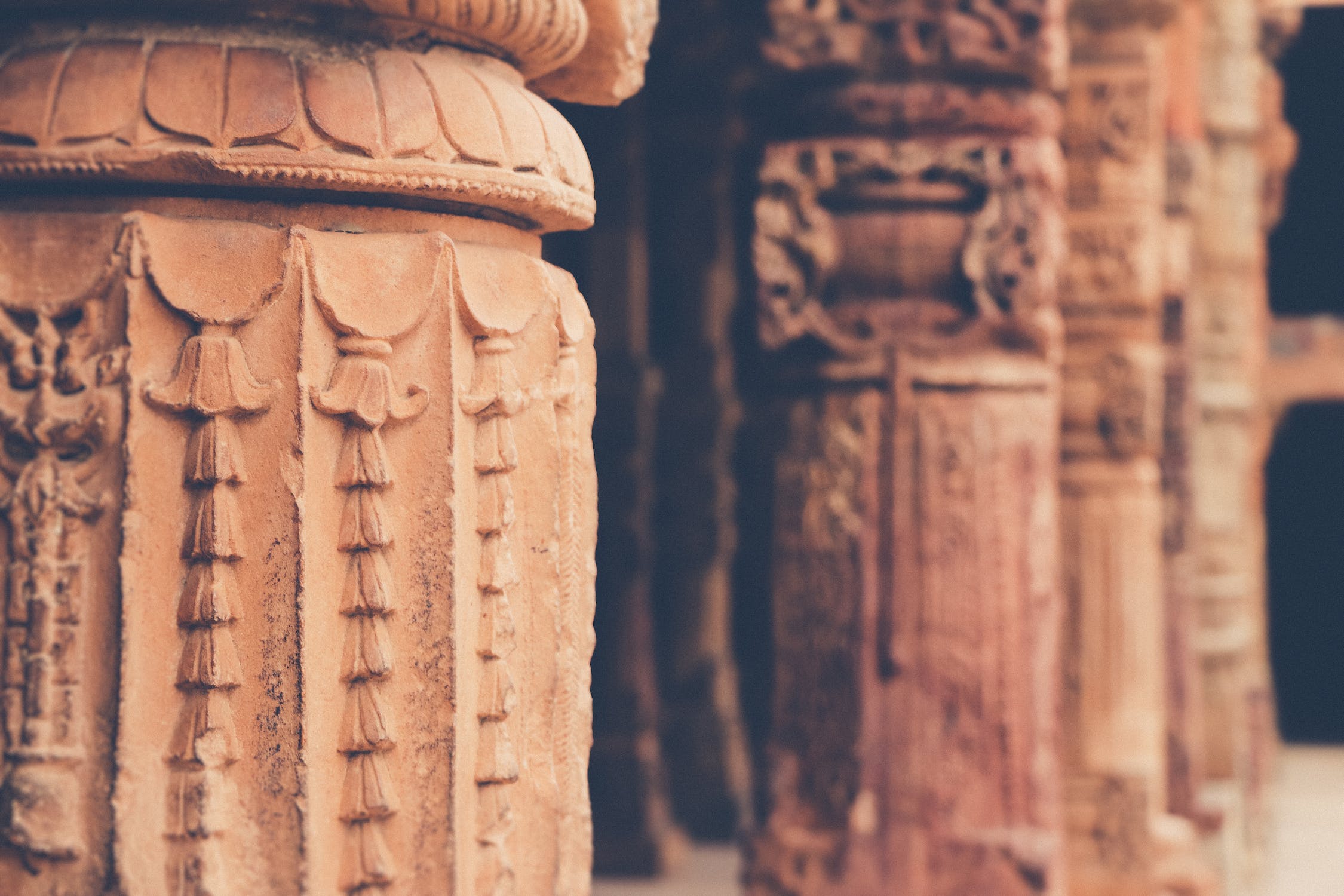Feature by Aditi Hingu
Qutub Minar is a minaret that forms part of the Qutub complex, a UNESCO World Heritage Site in Delhi.
Made of red sandstone and marble, Qutub Minar is a 73-metre (240 feet) tall tapering tower of five storeys, with a 14.3 metre (47 feet) base diameter, reducing to 2.7 metres (9 feet) at the peak.
Its design is thought to have been based on the Minaret of Jam, in western Afghanistan.

It is believed that Qutb Ud-Din-Aibak, founder of the Delhi Sultanate, started the construction of the Qutub Minar’s first storey around 1192.
The Minar (tower) is named after him.
In 1220, Aibak’s successor and son-in-law Iltutmish, completed a further three storeys.
The fifth story was built by Razia Sultan, the first female sultan of Delhi.
In 1369, a lightning strike destroyed the top storey.
Firoz Shah Tughlaq replaced the damaged storey.

Qutub Minar has a spiral staircase of 379 steps. The minar tilts just over 65 cm from the vertical, which is considered to be within safe limits, although experts have stated that monitoring is needed in case rainwater seepage further weakens the foundation. It is not allowed to enter the Minar due to safety reasons.
The Minar is surrounded by several historically significant monuments of the Qutub complex, including Quwwat-ul-Islam Mosque, which was built at the same time as the Minar, and the much older Iron Pillar of Delhi.
While iconography (the images of flowers, birds, humans, etc. is discouraged in Islam, the Quwwat-ul-Islam Mosque has temple motifs like bells and lotuses on many of its pillars. This is because these pillars were sourced from temples that were broken by the invading rulers and by the rulers of the slave dynasty. This was the first mosque built by the slave dynasty in India.


The Iron Pillar from the Gupta Empire predates the minar and still bears its Brahmic inscriptions. The Iron Pillar is 7 m (23 feet) tall and weighs over 6,000 kgs. It is famous for its rust resistant composition. We have not been able to understand the metallurgical composition of the pillar, but it has successfully resisted rusting and all other forms of corrosion for over two millennia (two thousand years).

